
Fall Prevention and Balance Treatment
Balance is maintained by complex interactions of many organs in the body, including our eyes, inner ears, brains, muscles, skeletons, blood vessels, and nerves.
If any of our body’s biological systems is diseased or not working properly, fall risk can increase. Therefore, a comprehensive fall assessment by a physician at our center can identify risk factors which lead in turn to an effective fall prevention program for seniors and those with increased fall risk. Falls are preventable and improving balance to reduce fall risk is important in the ability to exercise, which in turn can reduce memory decline.
We provide a collaborative team approach with specialists across Pacific Neuroscience Institute’s centers of excellence, allowing us to offer multiple evaluations and coordinate care to address an individual’s concerns in a patient-friendly and timely manner.
Conditions We Treat
Together, our experts can work with our patients to cover all areas associated with balance disorders & fall risk:
- Neuromuscular neurology
- Dementia and other memory disorders
- Movement disorders
- Vestibular (inner ear) disorders
- Ophthalmology
- Brain tumors
- Hydrocephalus
- Vascular neurology (stroke)
Physical Therapy to Reduce Fall Risk
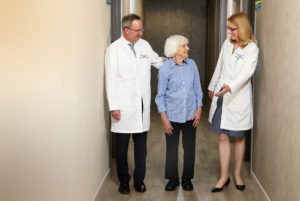
Regardless of the specific problems identified, physical therapy addressing balance and strengthening has been shown to decrease both the rate and risk of falls. While meeting with a physical therapist is essential, commitment to a daily independent home exercise program as prescribed by the therapist is where most of the improvement from PT occurs.
In addition to the necessity of therapy, a medical evaluation usually leads to specific interventions for each individual patient.
“Above the Neck” Causes of Balance Disorders
- Eyes: Correction of visual problems, especially cataracts, improves balance as individuals are better able to see obstacles.
- Inner ears: Balance disorders due to inner ear conditions (vestibulopathies) can be diagnosed and corrected by specialized therapy called vestibular therapy and exercises.
- Brain: As the “control center” of our posture and walking, disorders that affect the brain, such as strokes or other vascular disease, brain tumors, hydrocephalus (too much fluid in the brain), or movement disorders such as Parkinson’s disease and related conditions, can all affect our ability to stand and walk normally, increasing our risks of falls. Additionally, disorders such as Alzheimer’s disease and other dementias, can increase fall risk in many ways, including impairing judgment.
“Below the Neck” Causes of Balance Disorders
Specific solutions also exist for “below the neck” problems that can affect balance.
- Spine: Degenerative spine disease, such as disc bulges and bone spurs in the neck and back, can compress nerves and cause leg weakness and thereby increase fall risk. While extreme cases necessitate surgery, in most cases good physical therapy and compliance with home exercises stabilize and improve the situation.
- Skeletal injuries: Balance requires intact bones, joints, ligaments, and tendons, so injuries to any of these components can result in falls.
- Heart and blood vessels: Blood pressure fluctuations (orthostatic hypotension) can be corrected by increased fluid intake, sometimes with medications, and especially by rising slowly.
- Muscles: Myopathies, specific disorders affecting muscles and causing weakness, can often be treated with medications.
- Nerves: Nerves in the legs are especially important in two ways. In addition to sending signals from our spine to our legs to activate muscles, they also provide input to our brains to let us know where our legs are in space (proprioception). Breakdown of either role can throw off our balance. Therefore, fall treatment plans often involve identification and treatment of medical disorders that can damage nerves.
In developed countries, the two most important causes of neuropathy (nerve damage) are diabetes and alcohol.
Diabetes: In fact, even pre-diabetes can cause nerve damage, and prevention of nerve damage is much more likely if blood sugar control is attained soon after a diagnosis of pre-diabetes or diabetes is made.
Alcohol: In addition to nerve damage, anything more than a single drink a day causes nerve damage and can also increase fall risk by damaging the cerebellum. As one of the key balance centers in the brain, the cerebellum’s function is dulled by alcohol thus affecting the brain’s ability to respond to an impending fall. Therefore, reducing alcohol to a single drink of alcohol or less a day can be very helpful in fall prevention. In fact, cessation of alcohol results in improvement of nerve function.
External Factors
Medications: Unfortunately, the medications prescribed to help ailments can also affect our balance. Some of the most common medications that can increase fall risk are sleeping pills and other sedatives which dull the brain’s ability to respond quickly. Some blood pressure medications can increase fall risk by causing blood pressure drops upon standing (orthostatic hypotension).
Some medications can indirectly throw off balance by damaging parts of the body involved in balance. For instance, some antibiotics can damage the inner ears, some chemotherapy medications can cause neuropathy (nerve damage), and corticosteroids (strong anti-inflammatories) can damage muscles.
If you have concerns about medications please address these with your physician. For patients seen in our fall prevention program, we can work closely with your other physicians on assessing the benefits and potential risks of necessary medications. Our geriatric medicine specialist can also advise about the many medications needed in older individuals.
Environmental Factors in Fall Risk
Finally, a large part of fall risk and prevention involves one’s physical environment and activities. Physicians can often develop much of a fall prevention plan by talking to a patient and his or her family about the circumstances of falls.
Some questions that help identify environmental risks include:
- What kinds of routine activities are performed every day? For example, walking to the bathroom at night or rushing to answer a phone.
- Are there obstacles on the ground within the home environment?
- Is the lighting poor?
- Are the floors and/or floor coverings slippery or could snag?
A good inventory of environmental fall risks can prevent many falls, and a trained occupational therapist can provide a home safety evaluation as well.
Comprehensive Fall Assessment
Our experienced physicians are trained to assess all fall risk factors in our initial visits with patients. In the office, we review patient history thoroughly, perform detailed examinations and, if needed, conduct diagnostic tests to assess nerve and muscle function.
Our unique, patient-centered approach to assessing and reducing fall risk also includes:
- Videonystagmography (VNG) to assess inner ear function.
- We are beginning to investigate the use of ultrasound in diagnosis of nerve and muscle disorders. This painless, non-invasive technique is showing promise in the diagnosis of nerve and muscle disorders.
- Electromyograms and nerve conduction studies EMG/NCS tests, to test electrical activity of nerves and muscles.
- Additional brain imaging, including magnetic resonance imaging (MRI), computed tomography (CT) and positron emission testing (PET) scans.
- We are also beginning to utilize ultrasound increasingly in our diagnostic process.
Related article
Improving Balance to Prevent Falls Also Staves Off Memory Loss
Fall & Balance Specialist

William G. Buxton MD, FANA, FAANEM is board certified in Adult Neurology with Subspecialty Certification in Clinical Neurophysiology through the American Board of Psychiatry and Neurology with additional certification in Electrodiagnostic Medicine through the American Board of Electrodiagnostic Medicine. He serves as Director of Neuromuscular and Neurodiagnostic Medicine and of Fall Prevention at Pacific Neuroscience Institute and has been recognized as a fellow of both the American Neurologic Association and the American Academy of Neuromuscular and Electrodiagnostic Medicine.
For more information or to schedule an appointment, contact us at 310-582-7641.
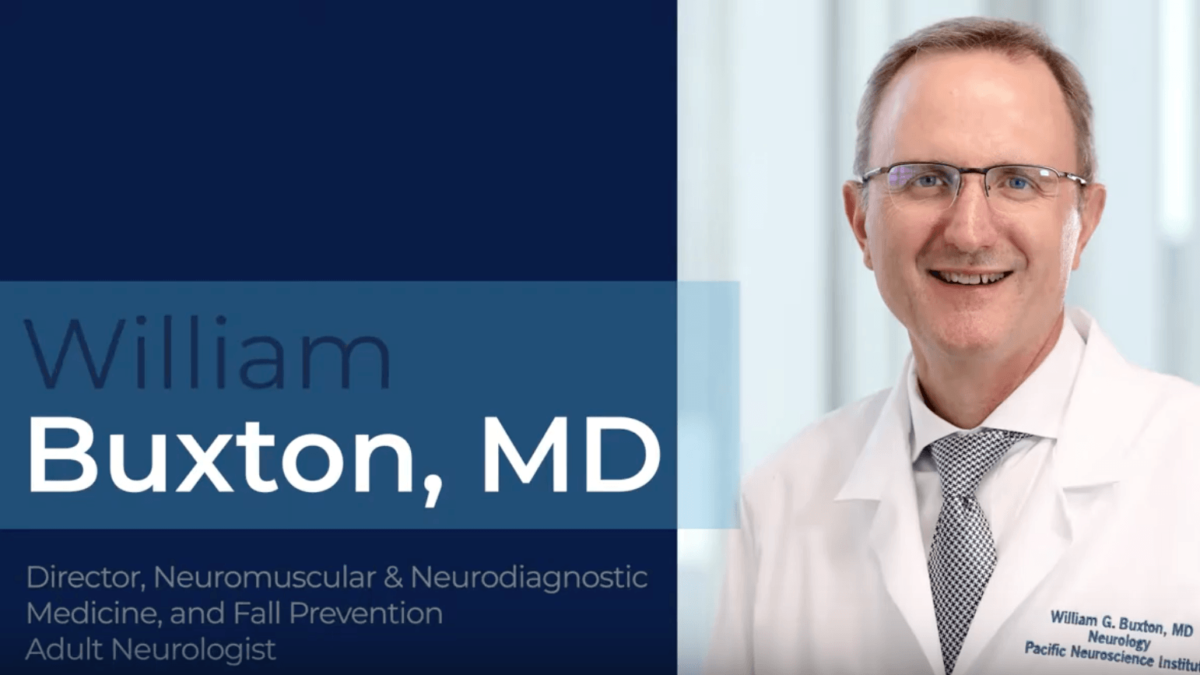 Meet Dr. Buxton
Dr. Buxton is Director, Neuromuscular & Neurodiagnostic Medicine, and Fall Prevention, Brain Health Center; Adult Neurology. He is a board certified in Adult Neurology with Subspecialty Certification in Clinical Neurophysiology…
Meet Dr. Buxton
Dr. Buxton is Director, Neuromuscular & Neurodiagnostic Medicine, and Fall Prevention, Brain Health Center; Adult Neurology. He is a board certified in Adult Neurology with Subspecialty Certification in Clinical Neurophysiology…
 Preventing Falls and the Tragedies that Come with Them | Dr. William Buxton
“I’ve fallen, and I can’t get up.” That line is the source of countless jokes on late night television, but in real life, it’s anything but funny. One in three…
Preventing Falls and the Tragedies that Come with Them | Dr. William Buxton
“I’ve fallen, and I can’t get up.” That line is the source of countless jokes on late night television, but in real life, it’s anything but funny. One in three…
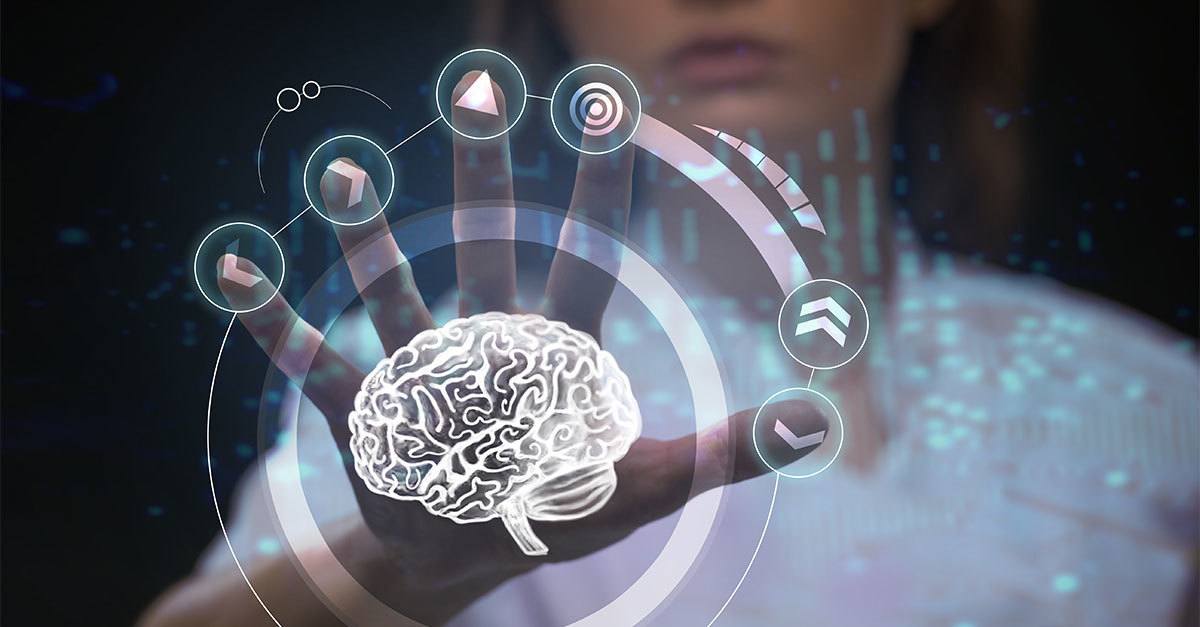 Brain Health Center Overview
Brain Health Center Overview
 Care Partner Series: Preventing Falls | Corwin Patis, PT, DPT
This is part of a series of “How To” videos for our families, specifically focused on care partners. Preventing falls becomes a significant issue with our patients as they go…
Care Partner Series: Preventing Falls | Corwin Patis, PT, DPT
This is part of a series of “How To” videos for our families, specifically focused on care partners. Preventing falls becomes a significant issue with our patients as they go…
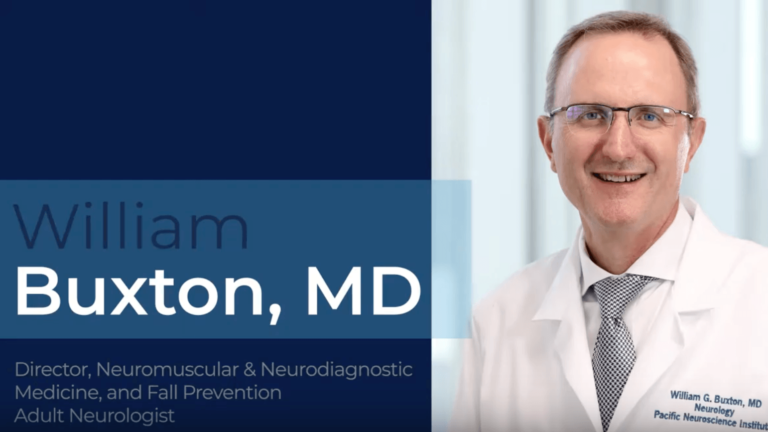
Meet Dr. William Buxton

Preventing Falls and the Tragedies that Come with Them | Dr. William Buxton
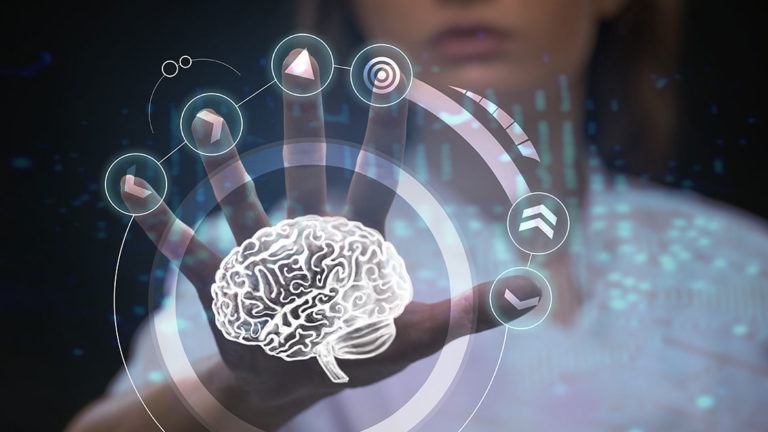
Brain Health Center Overview
